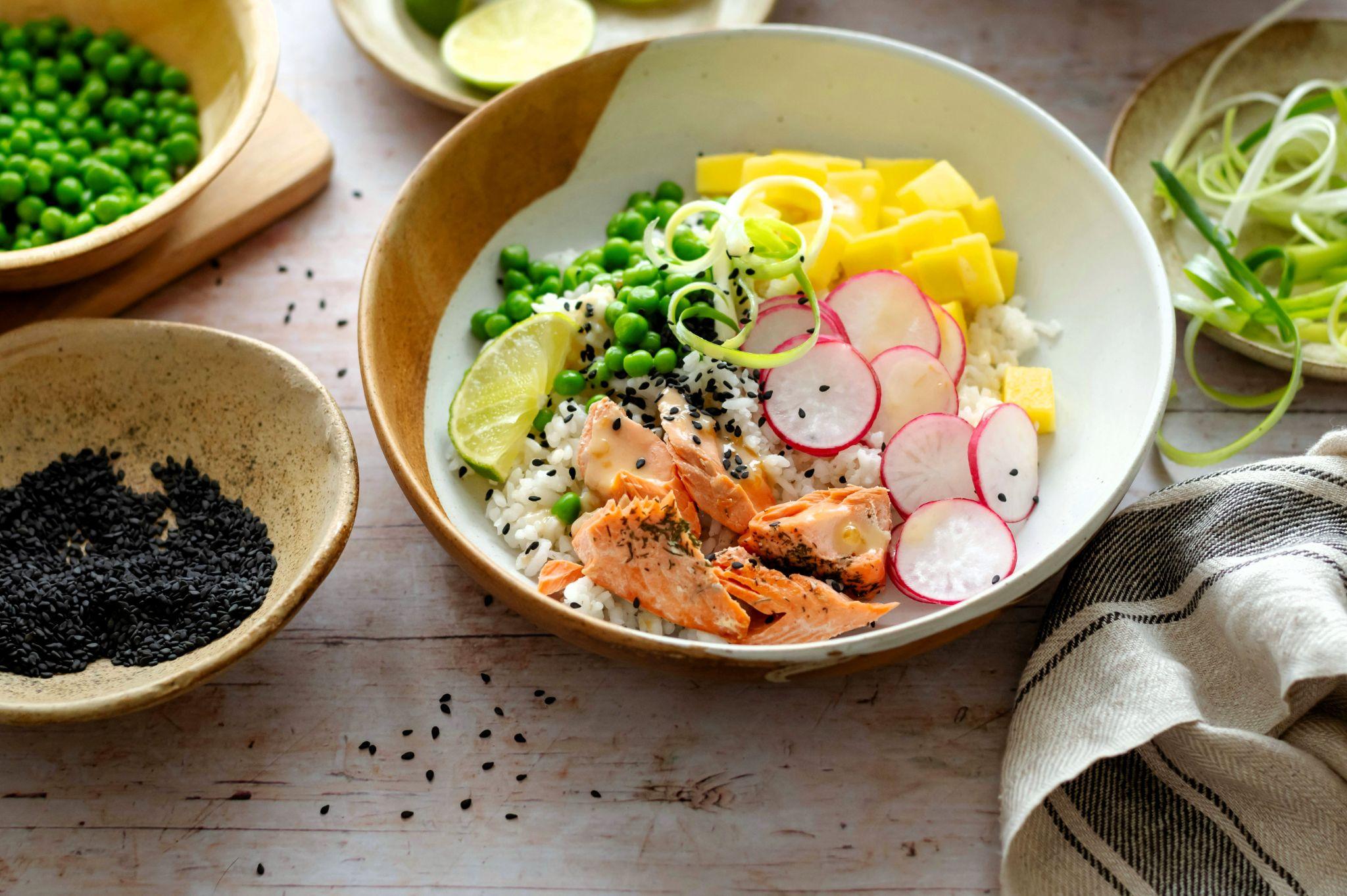
Image source: Unsplash
Chronic inflammation is increasingly recognized as a silent contributor to many health issues, from heart disease to autoimmune disorders. While inflammation plays a protective role in the short term, persistent inflammation can cause tissue damage and disrupt normal bodily functions.
According to Islam Wardak, one of the most powerful tools for managing this is our everyday choices, especially what we eat. Certain foods can fuel or fight inflammation, making nutrition a key player in long-term health. Shifting toward a more anti-inflammatory way of eating doesn’t require drastic changes overnight. Even small, consistent steps can bring meaningful benefits.
Inflammation and Its Impact
Inflammation is the body’s natural response to injury or infection, helping to protect and heal. Acute inflammation is short-term and usually resolves once the threat is gone. Chronic inflammation, on the other hand, can linger and contribute to long-term health problems.
Ongoing inflammation has been linked to conditions such as heart disease, type 2 diabetes, and rheumatoid arthritis. It can damage tissues over time, often without obvious symptoms. This makes it critical to understand how daily choices, including what we eat, may either reduce or worsen inflammation. In some individuals, chronic inflammation can even accelerate the aging process and increase susceptibility to other illnesses.
The Role of Nutrition in Managing Inflammation
What we eat has a direct influence on inflammation. Nutrient-dense foods like leafy greens, berries, and fatty fish contain compounds that help the body fight oxidative stress, which is often linked to chronic inflammation. Antioxidants, omega-3 fatty acids, and dietary fiber work together to calm inflammatory responses at the cellular level.
Conversely, diets high in added sugars, processed meats, and refined carbs may trigger or prolong inflammation. These foods tend to disrupt blood sugar levels and boost the production of pro-inflammatory molecules. Choosing natural, whole foods more often can help shift the body toward a more balanced and less inflammatory state.
Anti-Inflammatory Foods to Include
Fruits and vegetables are rich in phytonutrients that support the immune system and reduce inflammation. Berries, spinach, kale, and broccoli are all great additions to a daily diet. Fatty fish like salmon and mackerel provide omega-3s, which have been shown to lower markers of inflammation in numerous studies.
Incorporating more whole grains, such as oats or quinoa, along with legumes like lentils and black beans, adds fiber that supports gut health, a key player in inflammatory control. Nuts and seeds, especially walnuts, flaxseeds, and chia, deliver healthy fats and micronutrients supporting the body’s natural defenses.
What Research Shows About Diet and Inflammation
Growing research suggests that certain dietary patterns can significantly influence inflammation levels. Diets rich in whole, unprocessed foods like the Mediterranean or DASH eating styles have been linked to lower C-reactive protein levels, a common inflammation marker. These emphasize fruits, vegetables, healthy fats, and lean proteins.
Clinical studies have observed that individuals who consume more anti-inflammatory foods tend to have better outcomes in managing chronic diseases. While food alone isn’t a cure, it plays a valuable supportive role in reducing risk and improving quality of life, particularly when combined with medical guidance. Researchers are also exploring how different dietary patterns affect gene expression related to inflammatory pathways.
Easy Ways to Incorporate These Foods into Your Routine
Making anti-inflammatory choices doesn’t have to be complicated. Swapping out white rice for brown or quinoa and choosing fresh fruit instead of sugary snacks can gradually shift your diet in a healthier direction. Tossing a handful of spinach into smoothies or adding berries to breakfast oatmeal are simple ways to boost your intake of nutrient-rich foods.
Planning meals, reading labels for added sugars or unhealthy fats, and sticking to the outer edges of the grocery store—where most fresh items are located—can make healthier shopping habits more manageable. Over time, these small shifts can become second nature. Getting the whole family involved in meal prep or trying new recipes can make the process more enjoyable.